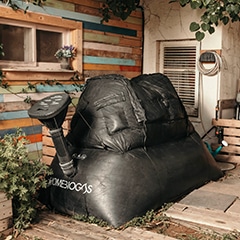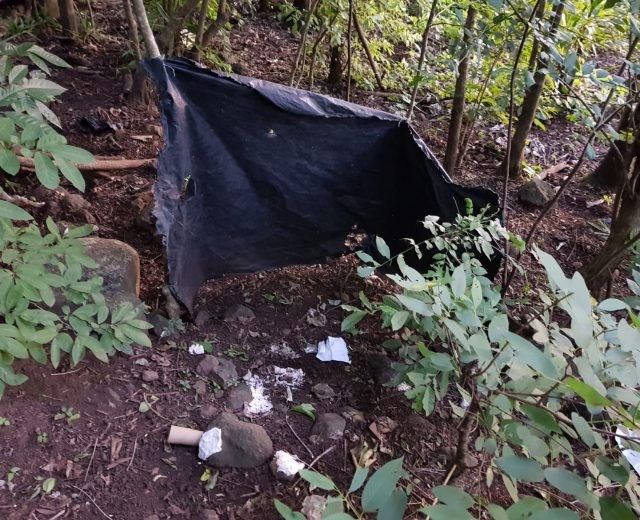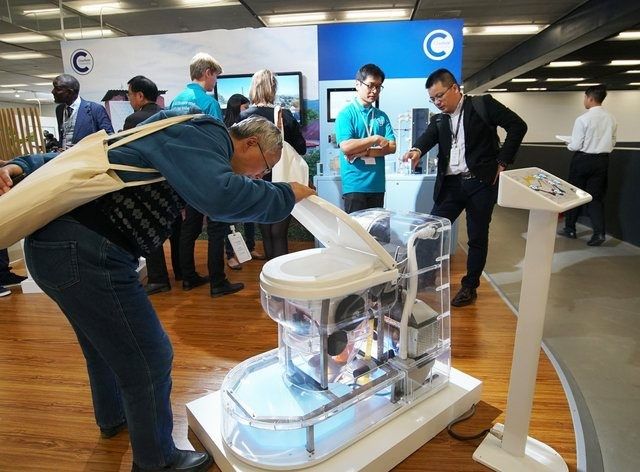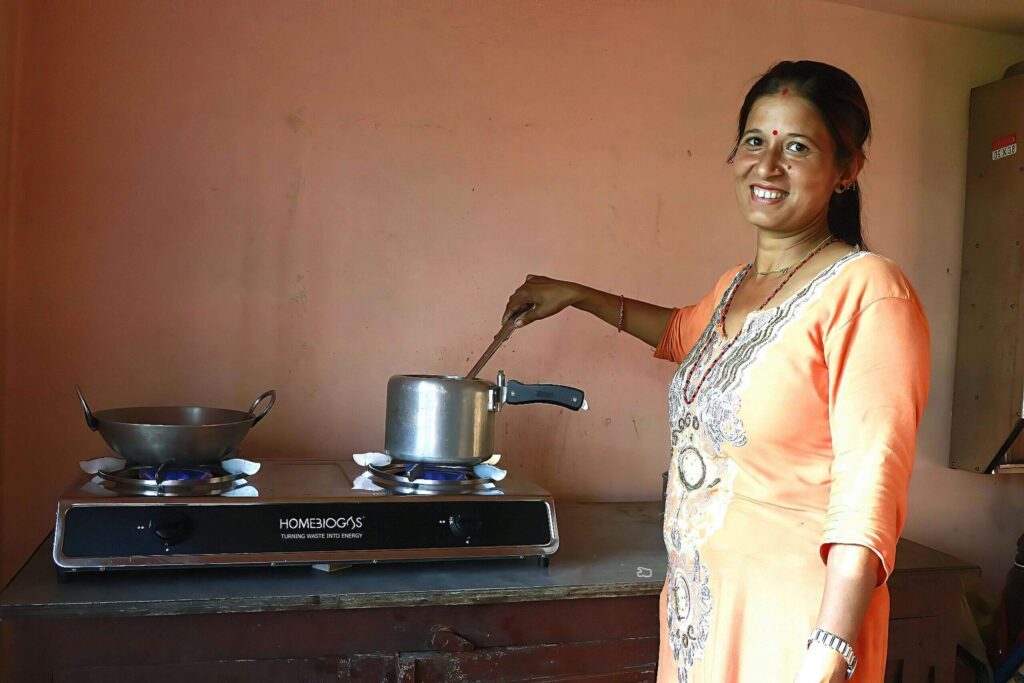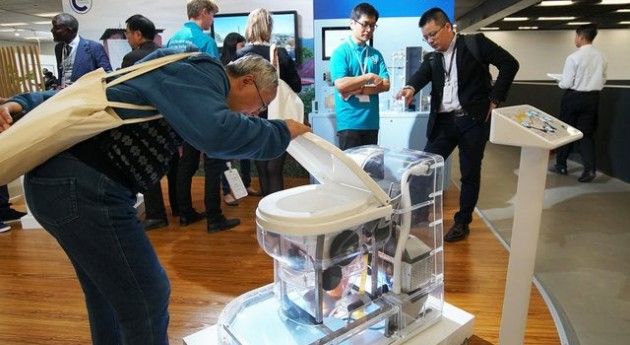
In 1855 epidemiologist John Snow traced the source of a cholera outbreak in London to a water well that had been polluted by sewage. Twenty years later Louis Pasteur proved that germs could transmit disease through polluted drinking water and that feces contaminated water is liable to spread illnesses such as typhoid fever, dysentery and cholera. The public health revolution of the early 20th century marked a sharp decline in epidemic outbreaks and in morbidity from severe infectious diseases, in part due to the separation of drinking water and sewage infrastructure and from the treatment of drinking water to render it contamination-free.
For many areas around the world, sanitation is not a daily concern. So the UN General Assembly’s 2013 declaration of November 19th as World Toilet Day may have come as a surprise to much of the public. But another segment of the world’s population, who in 2018 continues to exist without proper water and sewage infrastructure, has found much common sense as well as hope in that initiative.
And now for the numbers – 2.3 billion people in the world have no access to basic toilet facilities, according to the World Health Organization (WHO); among them 892 million people practice open defecation – in open spaces, fields, alongside roads or in ditches. Every day 2,200 children die from diarrheal disease caused by severe infection or other illness – more than the number of fatalities from AIDS, malaria and war combined. This can be explained by the fact that a single gram of human feces carries up to 50 different infectious diseases. Thus, open defecation is considered one of the more significant factors instrumental in spreading infection and disease in underserved areas in the world.
By 2030 no human in the world will be forced to defecate openly due to a lack of toilet facilities – that’s the ambitious goal the UN set in 2013. But the question is – how can that goal be achieved?
India heads the list of countries with worst access to basic sanitation. Data from November 2017 indicates that 56% of India’s population (732 million people) has no access to toilet facilities.
India continues to retain its poor ranking despite an aggressive policy change led by the Indian government’s Clean India campaign, launched in October 2014. The new policy has brought about consistent improvement in infrastructure, and 52 million toilets have been constructed in rural areas; the number of people practicing open defecation has been reduced by 40%, allowing 200 million more people to use toilet facilities, as WaterAid’s report indicates.
But urbanization and population growth continue to increase the burden on existing systems in India and other nations; according to the World Health Organization, there are cities in which more than half the volume of human sewage overflows untreated into the environment. In some locations it is virtually impossible to create new infrastructure due to density, while in rural areas with sparse population it is financially infeasible. Consequently, there are countries where even affluent families cannot install toilets in their homes, as infrastructure for advanced waste water systems with underground pipes and sewage treatment plants is lacking.
So, what can be done? Take a leap across a generation – just like communications technology did when taking a leap directly into the cellular age in underserved areas lacking landline telephone infrastructure. This change in developing areas in Africa and elsewhere made it possible for people who were unable to hold a phone conversation 15 years ago to enjoy cellular banking and many other services today. By applying the same principle in the domain of human waste disposal, we can take a leap over establishing and improving sewage infrastructure and go straight to developing toilets that treat the human waste on-site.
Start-up companies have entered this niche, mobilizing technology for this purpose. Over the last seven years the Bill and Melinda Gates Foundation has invested $200 million in funding sanitation research. At an expo in Beijing earlier this month they presented 20 different innovative models of toilets and processing facilities that convert sewage into clean water and fertilizer, with an annual savings of over $200 billion.
One of the obstacles of these solutions currently under development, however, is that they have not solved the problem of electricity supply; many of the target regions lacking sewage and sanitation infrastructure lack electrical infrastructure as well. A solution that could address this challenge as well as additional ones such as product portability and technician-free installation and maintenance would certainly have a competitive advantage. And if at the same time it would also recycle human waste and convert it to a form of energy such as cooking gas, for example, it would not only directly save the lives of millions of people, it would also contribute to creating a cleaner environment and protecting our valuable Earth.
By Oshik Efrati The writer is co-founder and CEO of HomeBiogas, which is launching its new HomeBiogas Bio-Toilet, the solution that surpasses lack of infrastructure and provides a solution to the sanitation problem. Visit www.homebiogas.com to learn more.
